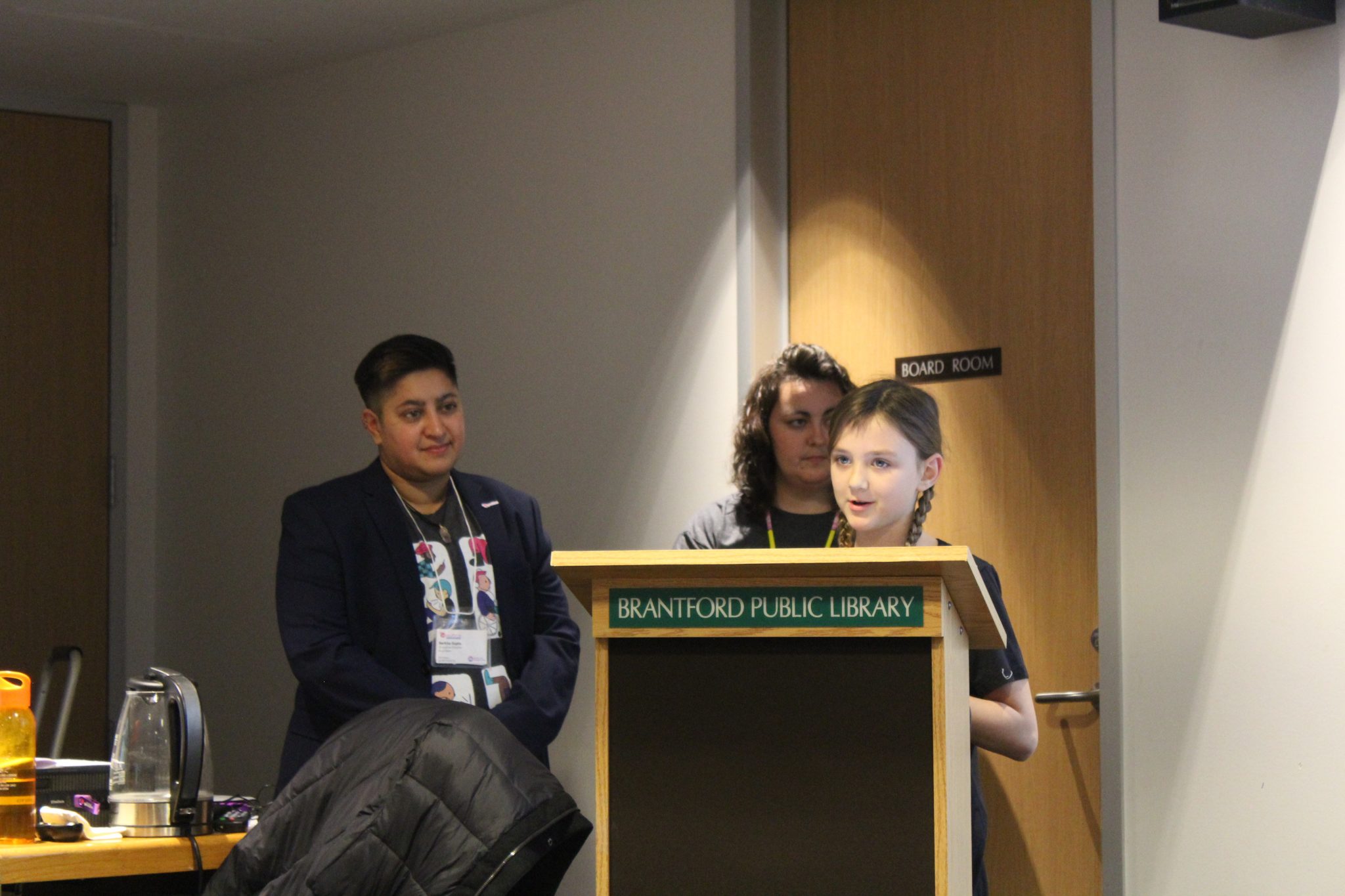Since its inception in 1999, Brantford has seen its campus grow and prosper, drawing in more students and faculty each year. Yet, underneath the boasting about its success, lies a more outstanding issue.
While both faculties of the Waterloo and Brantford campuses share the same collective agreement, there are discrepancies in the resources and means that each respective faculty has to work with. According to the testimonies of two of the original professors hired for the Brantford campus, it is this campus’ faculty that is disadvantaged compared to its larger partner in Waterloo.
“It’s a matter of equity and fairness. There needs to be more consistent standards applied across the campuses in terms of [faculty] workload, remuneration, and resources,” says Peter Farrugia, an associate professor of contemporary studies and history, and original member of the Brantford campus’ faculty.
Gary Warrick, also an associate professor and member of the original faculty, explains that the faculty’s workload is divided into three subcategories: services, instruction, and research for publications. A reasonable time allotment of that workload is at 40 per cent with instruction and research, and the remaining 20 per cent for services, such as committees, meetings, the odd presentations, etc. For a professor to fulfill his/her obligations under the agreement, he/she is expected maintain this balance. However, for the Brantford faculty, this is no easy task.
On the three subcategories and their respective percentages of the ideal time spent on each, Warrick comments that these subcategories and their time allotment distribution are not realistic for the system in Brantford.
Warrick states that, on average, he and the other professors are burdened with double to quadruple the amount of work that the Waterloo faculty is tasked with. There are many reasons for this. First, Brantford faculty is very limited in the number of teaching assistants that are available. Because the Brantford campus does not have an abundance of graduate students, finding capable assistants to help grade written assignments, can be very difficult, and in most cases, there is no assistance.
Warrick asserts that grading written assignments takes up a bulk of the time, and comments that, in the past, to find the necessary assistance he needs, he has “hired a Waterloo student to help.”
Without the assistance, professors must spend more time grading the assignment, which takes away from their time performing other duties, especially research for publications. At times, the research time allotment has to be sacrificed to devote more time to student instruction. Sometimes, the extra time needed for instruction cuts the ideal 40 per cent allotment on research in half to 20. Warrick uses the popular phrase among university faculties, “publish or perish.” The university also expects that professors maintain a certain quota of research publications to be written annually. Although there is no threat of dismissal to tenured professors from their positions, for having a lack of publications, it is problematic, because the university encourages and expects publications of professors as a means of “bragging rights” for the institution. Warrick uses the popular phrase among university faculties, “publish or perish” to describe the importance to continue publishing. He also explains that research publications are essential when the university decides which professors to give tenure and promotion.
Grading written assignments for Warrick is not a task that takes little time. He often prefers to take upwards of 30 minutes marking assignments to give students feedback, and ensure that they are learning from mistakes. He infers that because he devotes more time to grading, the increasing number of students in classes can become more burdening without teaching assistants.
“Imagine 250 papers, each 30 minutes, it takes up a lot of time.” Warrick explicates. As a result of the overload of grading written assignments, some professors, Farrugia and Warrick explain, have altogether eliminated assigning them. With this elimination, students lose the opportunity to practice and improve their writing skills, and that can ultimately hinder their overall abilities post-graduation.
Farrugia further explains, “I believe that we need to try and maintain academic standards, and I believe that essays are a useful means of evaluating students.” He continues, “However, increasing class sizes and a lack of grading support make it increasingly hard to stick to your guns. Marking 120 essays on one’s own is daunting to say the least.”
In addition to their mandatory instruction time, professors must also tend to their services duties, which also take time away from their research. A large portion of the university’s faculty is comprised of CAFs (Contract Academic Faculty), meaning that they are only temporarily brought in to teach certain courses. CAFs cannot sit on many committees, leaving the vacancies to be on the shoulders of the tenured professors, who may already be preoccupied with other committees. This, combined with the lack of assistance to grade, only reduces the time professors have to publish.
Between 2005 and 2011, when Farrugia was coordinating the Contemporary Studies program, he was “very light on publications.” He added, “If you want time to publish, something’s got to give.”
That something is usually the publications, as many professors still devote their time to maximizing the students’ education experience. Warrick comments, “Have I sacrificed research for more teaching time and services? Yes, absolutely!”
With the fewer resources, and a heavier workload, a study, conducted by the Bilateral Committee, found that Brantford professors still earn, on average, $3,000 less per year than their Waterloo colleagues. Some professors even make up to $4,500 dollars less.
“Brantford faculty are not always paid at the same rate as Waterloo colleagues of similar age and rank,” Farrugia states.
The collective agreement also dictates that the student to professor ratio must be sustained at 25 to one. However, this ratio is not applied per program department, but rather to the entire university, meaning that some program departments have higher ratios, while others balance those higher ratios with programs with much smaller student enrollment. For example, smaller programs, such as music, are likely to have lower enrollment compared to a program as broad as business, with the same number of professors teaching each one. Hence why the ratios are different, but are balanced to the 25 to one standard. Brantford’s campus ratio, as of 2011, stands at 31.4 to one. An increasing student-body is expected to keep that ratio as is.
Regarding the circumstances at other post-secondary institutions, Warrick comments, “When I talk to colleagues at other universities, they just shake their heads.” He adds that from contact with faculty at the University of Toronto’s satellite campus, he has heard “no complaints from anyone about feeling disadvantaged.”
With an inevitably growing campus in Brantford, the future might have rescue on the way from Waterloo. For now, the Brantford faculty will continue their efforts to sustain the university’s expectations, looking toward a brighter future.



